Cannabis Nutrients: Macronutrients, Micronutrients And Their Roles

Micronutrients, macronutrients, organic, synthetic… trying to keep up with all the terminology surrounding cannabis nutrition can seem like a fool’s errand. However, every grower needs to have a working knowledge of nutrients and how they affect their plants. Understanding nutrients is one major thing that separates the newbie growers from the seasoned veterans.
What Are Cannabis Macronutrients?
Nitrogen, phosphorus and potassium are the three most crucial nutrients for cannabis plant growth. These three elements are collectively referred to as “macronutrients,” and are the three numbers that you’ll find listed on most fertilizer containers. Calcium and magnesium, while not technically considered macronutrients, are also vital chemical building blocks for marijuana plants, so we’ll be covering these as well.
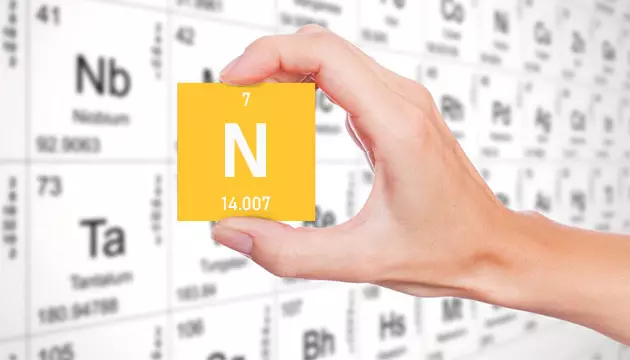
Nitrogen
Nitrogen, which makes up nearly 80% of the Earth’s atmosphere, is an important nutrient in vegetative marijuana growth. It’s a component of chlorophyll, the green pigment that gives plants their color. It’s also a crucial building block of adenosine triphosphate (ATP), the “molecular unit of currency” that energizes plant cells. During the vegetative stage, plants will need extra nitrogen as they stretch. Nitrogen is still important during the flowering stage, but it takes a backseat role to potassium and phosphorus.
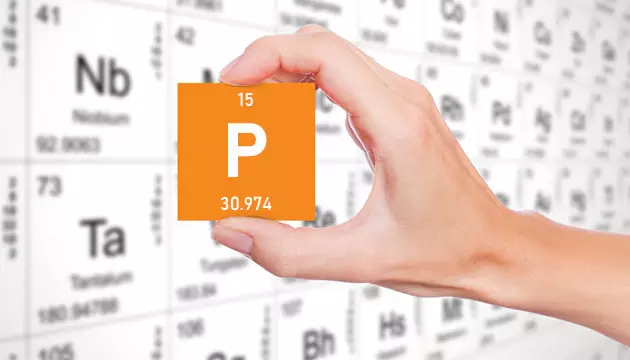
Phosphorus
Love huge, healthy buds? Then you’ll love phosphorus. This macronutrient is responsible for flower development and helps regulate the uptake of other nutrients. As a result, it’s one of the best nutrients for the flowering stage. That’s not phosphorus’ only responsibility, though. This element is actually vital not only to plant development, but to all life on Earth. That’s because phosphates (organic compounds made of phosphors and other elements) make up the DNA and RNA of every living thing on the planet.
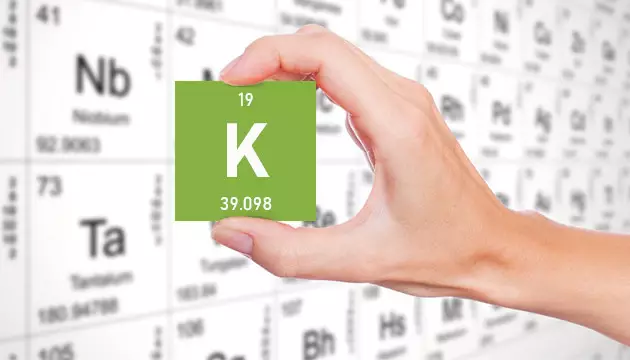
Potassium
Potassium’s primary responsibility in cannabis plants is taking care of water regulation. It does so by opening and closing the plant’s stomata – small holes that can exchange gasses like carbon dioxide and water vapor. This nutrient also initiates ATP production inside weed plant cells. Potassium also contributes to healthy cell walls, which protect plants from infectious diseases. It’s particularly important during the flowering phase for bud formation.
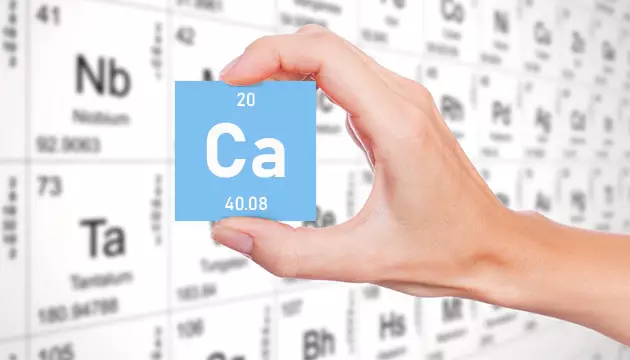
Calcium
In humans, calcium contributes to strong bones. In plants, it has a fairly similar role. Calcium strengthens plant cell walls and maintains healthy, consistent growth. It also helps absorb and transport other nutrients throughout the plant. While it’s not technically a macronutrient, it’s more critical to a plant’s growth than any other micronutrient except magnesium. Calcium and phosphorus combine to form calcium phosphate, a main component of organic fertilizers such as bone meal.
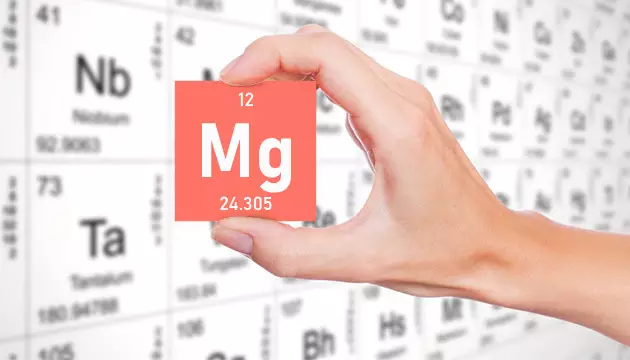
Magnesium
Magnesium is one of the main building blocks of chlorophyll. As a result, it’s critical to photosynthesis and without it, plants can’t convert light into energy. Magnesium also helps plants break down glucose, which leads to healthy development of new growth. Like calcium, magnesium isn’t technically a macronutrient, but it’s more important than other micronutrients. CalMag, a combination of calcium and magnesium, is one of the most important weed nutrients in hydroponic grows.
Micronutrients – What Are They?
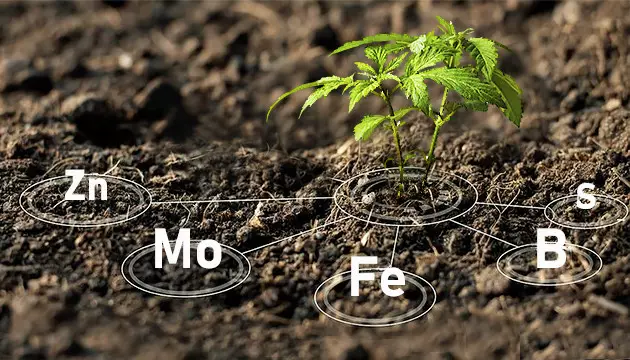
Micronutrients are still vital components of a plant’s health, but plants use much less of them than macronutrients. More than twenty micronutrients, including iron, boron, molybdenum, calcium, sulfur and zinc contribute to a plant’s well-being and growth. These have reduced roles compared to macronutrients, though. Zinc, for example, regulates the space between nodes and produces enzymes. Sulfur builds amino acids. Iron helps create chlorophyll. Nearly every line of marijuana plant nutrients will include micronutrient additives.
How Do I Use Marijuana Plant Nutrients?
Trying to understand the numbers on a nutrient bottle can be intimidating to new growers. However, once you figure them out, they’re fairly simple. All cannabis fertilizers display three numbers. These are the “NPK,” or percentage of total nitrogen (N), phosphorus (P) and potassium (K). So, if a bottle of nutrients for weed plants says “8-3-3,” it’s 8% nitrogen, 3% phosphorus and 3% potassium by volume. It’s easy to go overboard with nutrients, but make sure not to overfertilize your plants. Start out cautiously and slowly increase your nutrient content as necessary.
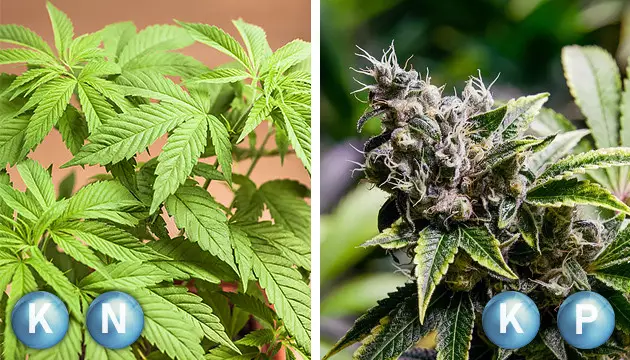
Vegetative Phase
The best nutrients for cannabis’ vegetative phase will all feature high nitrogen content. Potassium is also important to early plant growth. As a rule of thumb, nutrients in the vegetative stage should contain between one half and one third as much potassium as nitrogen. Most commercially-available nutrient lines have a specially-formulated fertilizer for vegetation that feature high levels of nitrogen and potassium.
Flowering Phase
As your plants transition into the flowering phase of their lifecycle, they require different elements. Nitrogen takes a secondary role to phosphorus as one of the best nutrients for weed in the flowering stage. Increasing phosphorus will ramp up flower production and give you heavy, dense, sticky buds. Potassium is still just as crucial as ever in the flowering cycle, so you’ll want to keep the same ratio between potassium and phosphorus as you did with potassium and nitrogen.
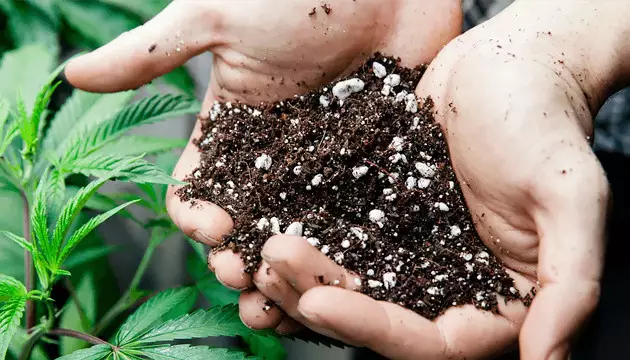
In Soil
Nutrient-wise, growing in soil can be much more forgiving than growing hydroponically. Many commercially-available soil mixes come packed with organic fertilizers like worm castings, bat guano and bone meal, which are great for developing root systems. You can find these at any home garden store, and growing in soil is the easiest way to utilize household nutrients for weed plants. In general, you should stay away from inorganic nutrients in soil grows, as these can rapidly build up in the soil around your roots and cause nutrient lockout.
In Hydro
Because the media of a hydroponic or soil-less grow doesn’t contain any nutrients by itself, you’ll need to add them all yourself. As a result, hydroponic grows are much less forgiving of nutrient problems. It’s important to note that many soil mixes marketed for cannabis are actually soil-less mixes. Because of this, most nutrient lines designed specifically for marijuana are intended for hydroponic gardens.
Hydroponic nutrients need to be water-soluble, so you can’t use organic fertilizers to feed them. Instead, you’ll need to use inorganic salts. Be careful when you use hydroponic nutrients, because many companies will super-charge their nutrient lines to appear better than the competition. It’s a good idea to start at 25% of the recommend dose and gradually work your way up to full strength.
What’s The Difference Between Organic Fertilizers and Inorganic Salts?
There’s a constant debate raging among cannabis growers about which is better: organic vs. synthetic nutrients. The real answer isn’t quite that simple. Both of these types of fertilizers provide different nutrition for weed – neither is ‘best.’ There are some key differences between them, though.
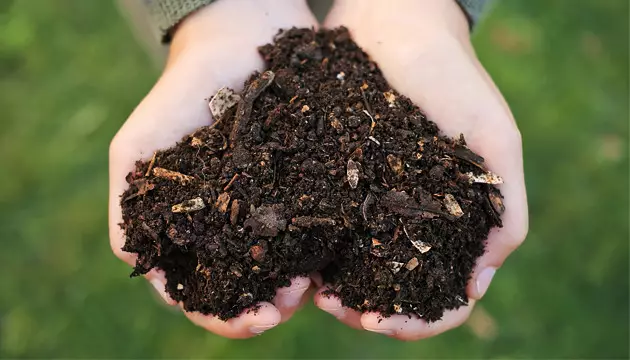
Organic Fertilizers
In general, organic fertilizers are better for soil grows. Organic nutrients aren’t water-soluble, so plants can’t absorb them on their own. Instead, organic nutrients require a cast of several microbes to break them down into chunks that your plants can manage. As a result, you’ll need to add these microbes to your soil as well as nutrients. Organic fertilizers tend to be significantly more expensive than their synthetic counterparts.
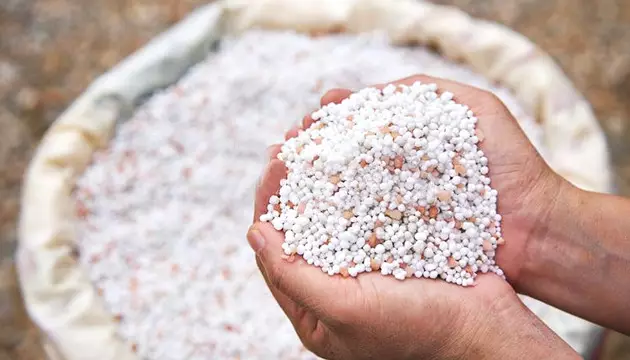
Inorganic Salts
In hydroponic systems, synthetic nutrients are king. Synthetic nutrients come as water-soluble salts, so cannabis plants can absorb them immediately. When using synthetic nutrients for growing weed, it’s important to make sure that you don’t use too much. Otherwise, you can face issues like nutrient burn and lockout. While synthetic nutrients can increase the yield and quality of your plants, organic ones can improve smell and taste.
Final Thoughts
Understanding how nutrients affect cannabis plants can be easy to learn but difficult to master. Each nutrient is an interconnected part of a complex network that will decide the overall health of your plants. One final note: always make sure that your media is the correct pH (between 5.5 and 7.0 depending on your media). This will ensure that your plants can always absorb the nutrients they need.












Thank you for leaving a comment for us!
Your feedback will be posted shortly after our moderator checks it.
Please note that we don’t publish reviews that: